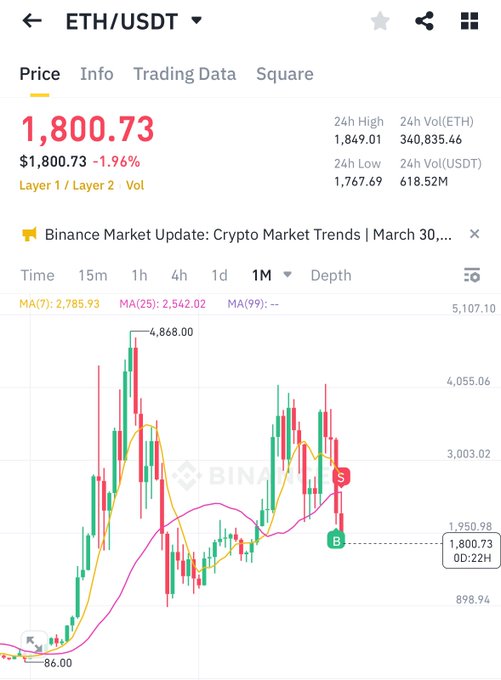Why are older altcoins like Cosmos and Ethereum losing their market position?
How do newer altcoins like Solana and Binance Coin maintain a strong presence in the staking market?
What role does the 'Fear of Missing Out' (FOMO) play in the dynamics of the staking market?

Image source: SF49 Studio for Unblock Media
Get real-time crypto breaking news on Unblock Media Telegram! (Click)






